Unlocking efficiency in Human Resource Management Information Systems (HRMIS) is crucial for organizations seeking to streamline HR processes, enhance data accuracy, and improve overall workforce management. An HRMIS is a software solution that integrates various HR functions and activities, enabling organizations to manage employee data, payroll, benefits, and performance more effectively. Pahappa’s HRMIS employs a straightforward architecture that ensures smooth communication and collaboration among modules. With a centralized database for secure data storage, the system enables efficient real-time updates and is designed to scale with the organization’s growth. The user interface prioritizes simplicity, ensuring ease of navigation, while robust security measures protect sensitive HR data. In essence, our HRMS architecture offers a seamless, scalable, and secure solution for the client’s diverse HR needs.
Here’s a guide to help you maximize efficiency with HRMIS:
1. Define Objectives and Requirements:
- Clearly outline your organization’s HR goals and objectives.
- Identify specific HR processes and data points that need to be managed.
- List key features required in an HRMIS, such as employee data management, payroll processing, time and attendance tracking, and performance management.
2. Meet the developers.
- Research and compare different modules of the HRMIS solutions based on your requirements.
- Pahappa Limited offers Customised solutions for your business. Being able to customise your HRMIS to suit your needs is a reason why many businesses would opt into this setting.
- Set up meetings with the developing team to clearly define your goals and find out whether they are applicable to your business.
- Pahappa HRMIS offers other key elements: automated payroll, automated recruitment, and job adverts made within the system.
3. Data Accuracy and Security:
- Establish data governance policies to ensure data accuracy and integrity.
- Implement robust security measures to protect sensitive employee information.
- Regularly update and audit data to maintain accuracy.
4. Integration with Other Systems:
- Ensure seamless integration with existing organizational systems like Inventory Management Systems, Customer Relationship Management Systems, or Monitoring and Evaluation Systems.
- Integration reduces data silos and enhances overall organizational efficiency.
- You can also integrate your system with other platforms like social media platforms that come in handy when sending job adverts and SMS platforms where SMSes can be a communication tool between the HR department and employees or even within the department itself.
5. User Training and Adoption:
- Provide comprehensive training to HR staff and end-users.
- Create user-friendly interfaces to encourage system adoption.
- Develop documentation and support channels for ongoing assistance.
6. Automation of HR Processes:
- Identify repetitive and time-consuming HR tasks that can be automated.
- Implement automation for payroll processing, leave approvals, and performance reviews.
- Freeing up HR staff’s time allows them to focus on strategic initiatives.
- With the Automation of these processes, Pahappa’s HRMIS offers businesses a seamless way to calculate payroll, and automatic updates while recruitment, since the company can set criteria for the job seekers and those that meet the criteria, will automatically go to the next step.
7. Mobile Accessibility:
- Choose an HRMIS with mobile accessibility for flexibility and remote access.
- Mobile capabilities enhance employee self-service and improve overall user experience.
- Create Mobile applications so that information can be passed on anywhere and anytime.
8. Analytics and Reporting:
- Leverage analytics tools to derive insights from HR data.
- Generate customizable reports for informed decision-making.
- Use analytics to identify trends, assess employee performance, and forecast workforce needs.
9. Regular Updates and Maintenance:
- Stay current with system updates and patches.
- Address issues promptly to avoid disruptions in HR processes.
- Periodically review and optimize system configurations for evolving organizational needs.
10. Feedback Mechanism:
- Establish a feedback loop with HR staff and system users.
- Regularly solicit input on system performance and user experience.
- Use feedback to make continuous improvements and updates.
By following these guidelines, organizations can unlock the full potential of their HRMIS, leading to increased efficiency, improved data management, and better strategic decision-making in human resource management. To get started with HRMIS for your business, visit our website and get a quote.


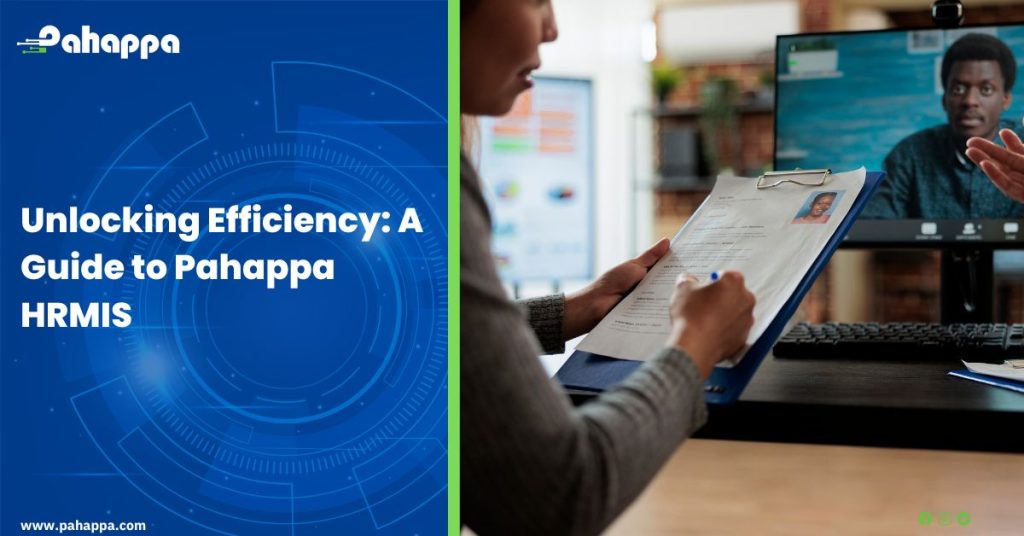

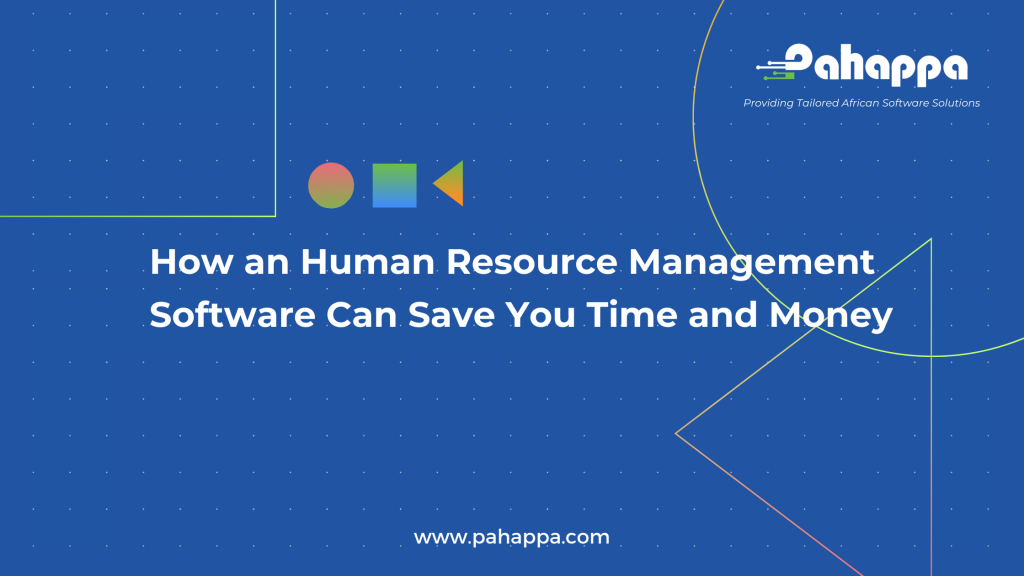
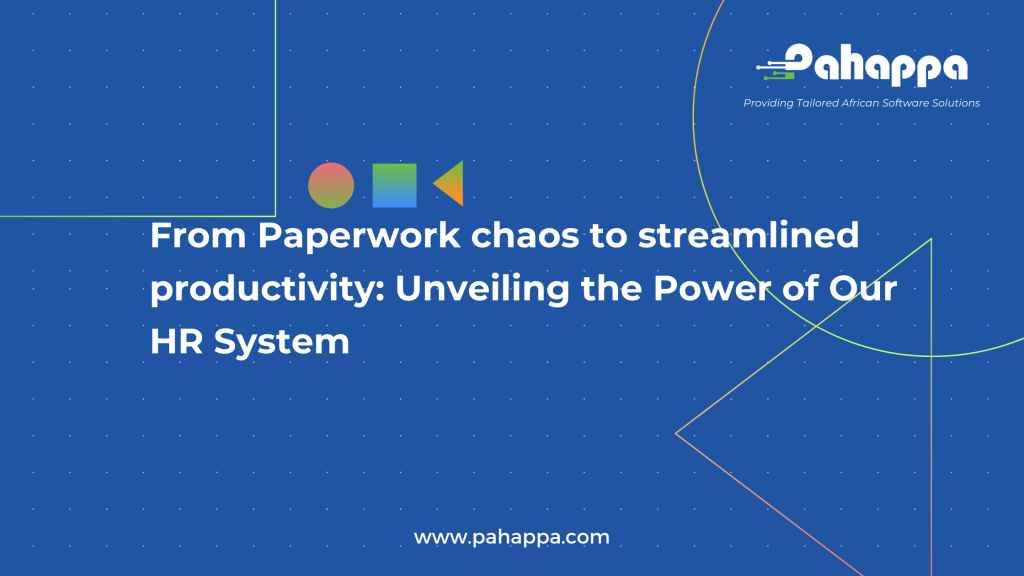
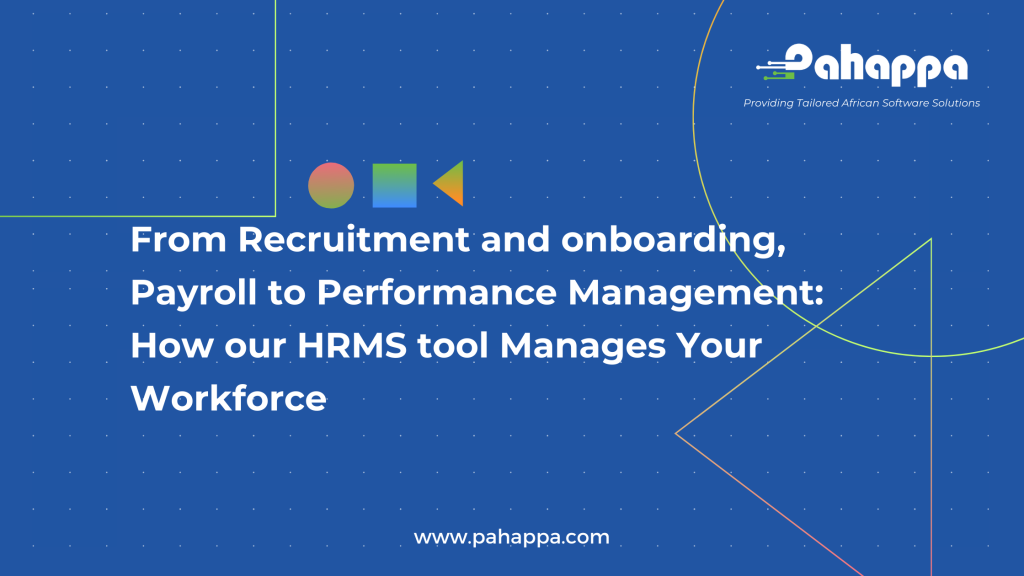
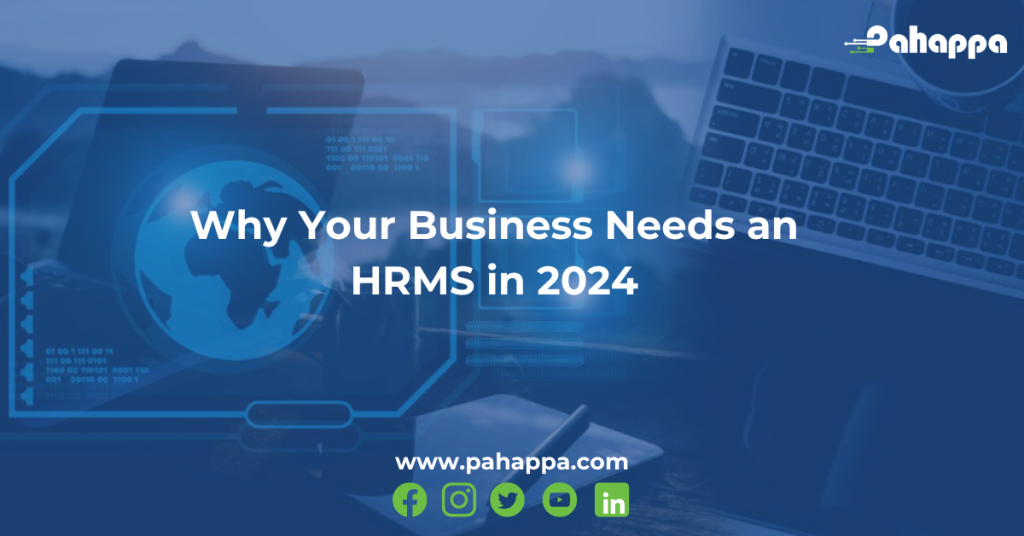
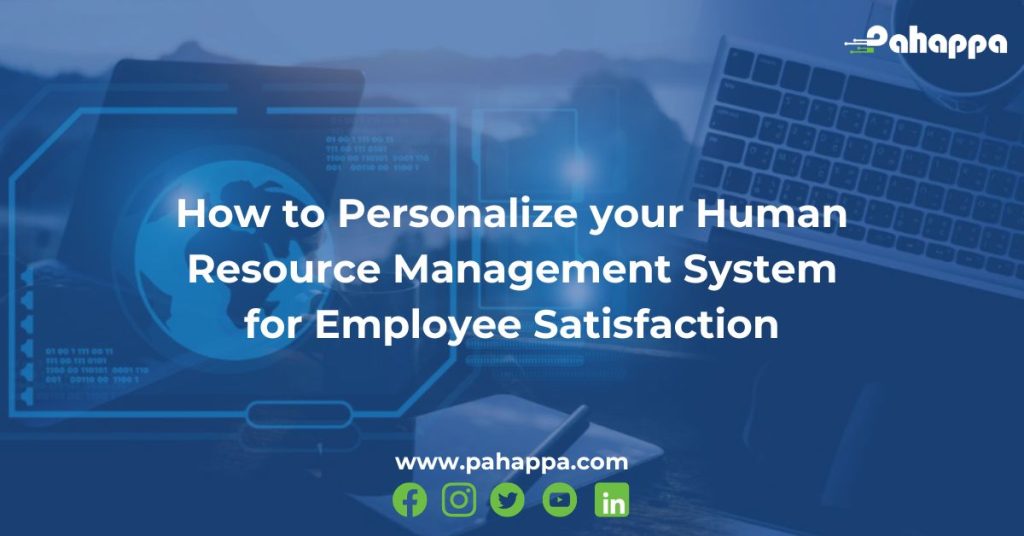



Fantastic site Lots of helpful information here I am sending it to some friends ans additionally sharing in delicious And of course thanks for your effort